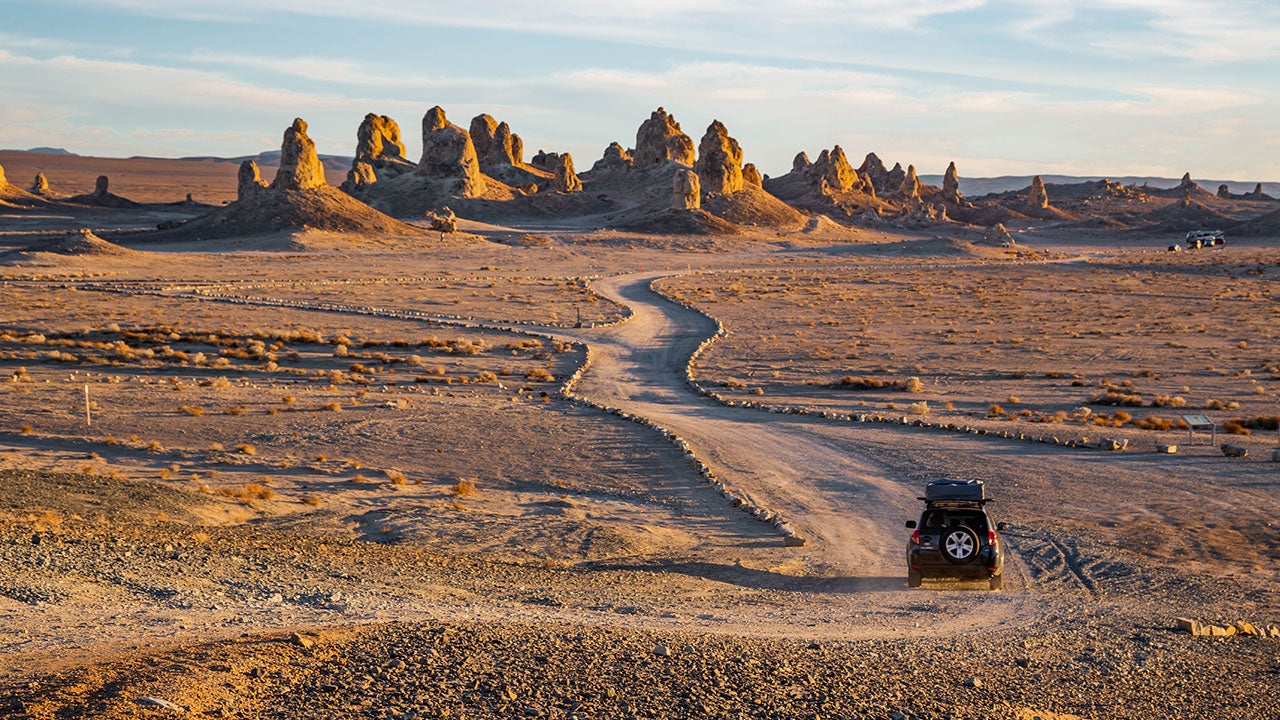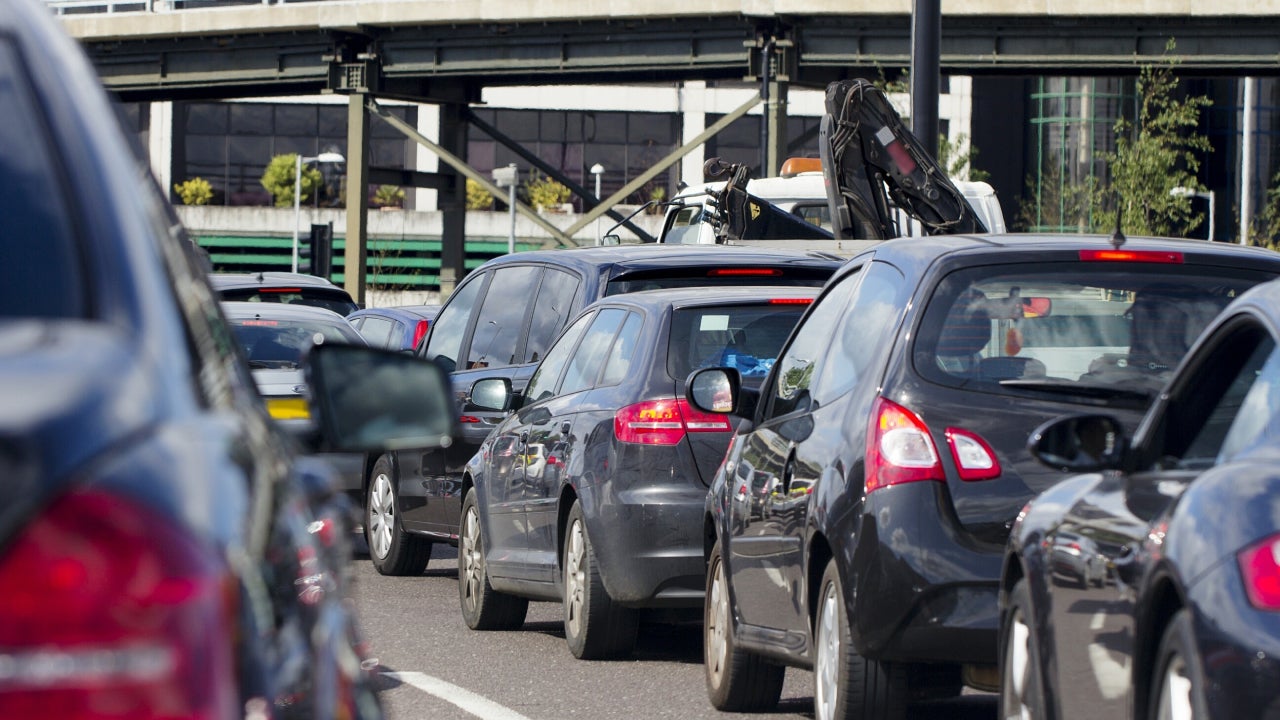New cars and inflation: Can gap insurance provide extra protection?

According to a recent Bankrate survey, 21 percent of Americans put off purchasing a car in 2022 due to the state of the economy. However, as much as you’ve tried to avoid it, you may have found yourself thrust into the dealership due to a vehicle breakdown or accident. In this topsy-turvy car market, you may have also found yourself purchasing a new car when you’d have otherwise gone used. Bankrate explores why gap insurance could be more important now than ever for those buying a brand new car during this inflationary period.
What is gap insurance?
Guaranteed asset protection, or gap insurance, can provide financial protection if you owe more on your car loan or lease than the vehicle is worth. For instance, a brand-new vehicle that you paid $40,000 for might only be worth $32,400 just one year later, thanks to depreciation.
To put this into perspective, imagine that you were to total this vehicle one year into your car loan, which has a 60-month term at six percent interest. If you did, you could still owe $37,105 to your finance company without factoring in depreciation. However, since insurance companies typically use actual cash value (ACV) to determine how much to pay for a total loss, it would pay you what the vehicle is worth after depreciation, which, in this scenario, could be $32,400. This would leave you with an out-of-pocket expense of $4,705. If carried, gap insurance would kick in to cover that expense. Otherwise, you are responsible for that balance.
Why is gap insurance important during an inflationary period?
While gap insurance could provide crucial financial protection for new vehicles no matter how the economy is faring, new car buyers might want to consider whether this coverage is right for them, considering the current market.
Higher-than-normal interest rates on new car loans
The Federal Reserve has taken drastic steps over the last year to combat a looming recession by raising interest rates to levels not seen in the last 30 years. The Fed says that these rate hikes should help staunch the amount of cash flowing in the market and, in turn, ease demand and lower the price of goods and services.
While signs indicate that inflation is indeed cooling, the Fed’s decisions can affect how much you pay to borrow money for a new vehicle. Rhys Subitch, auto loans editor for Bankrate, explains,
Rate hikes aren’t directly tied to consumer interest rates, but there is a domino effect. When the Fed rate is higher, lenders tend to raise the interest rates of their credit products, including auto loans. A 60-month new car loan back in May of 2022 was 4.5 percent — several Fed hikes later, it’s sitting at 6.17 percent.
— Rhys Subitch Auto Loans Editor, Bankrate
So, what does this mean, and how does it relate to gap insurance? Simply put, the higher the interest rate on your car loan, the more money you are paying toward that interest rather than your principal balance. The more you pay toward interest rather than principal, the more money you owe on your loan overall. This chain of events could make it more likely that you become upside down on your car loan (or owe more than what your vehicle is worth), making gap insurance an important tool if your vehicle is declared a total loss.
Longer loan terms due to financial hardship
The average monthly car payment on a brand-new vehicle is $700, leading more and more Americans to turn to long-term car loans to make their monthly car bill more palatable. Historically, the most popular car loan term length has been around 60 months (or five years). However, the shorter your term length, the higher your monthly bill (and the less interest you pay over time). In 2022, the average new car loan term length for buyers with a prime credit score was just over 71 months, and term lengths of up to 84 months are becoming increasingly common.
These extended loan term lengths mean that buyers are paying more toward interest which could, over time, lead the purchaser to owe more on the car than what it’s worth.
More people may be relying on credit, leading to lower credit scores
As the economy continues to struggle, a Bankrate study shows that more people are carrying credit card debt from month to month rather than paying their balances in full. Currently, 46 percent of credit cardholders in the U.S. carry debt, an increase from 39 percent last year.
While consumers may have no choice but to rely on credit for everyday purchases (and to stretch those credit card payments as far as they can take them), carrying a balance can adversely affect your credit score, resulting in a limited ability to obtain a low-interest car loan. If you find that your credit score is a little lower now than it has been in the past and are facing a higher interest rate than you’re used to, you may want to consider adding gap coverage when tailoring your new car insurance package.
The new car market is projected to stabilize (eventually)
After a pandemic, a scarcity of semiconductors, a historic labor shortage and supply chain issues, vehicle makers are finally indicating that they may be easing the bottleneck in new car manufacturing. As a result, some experts say that the cost for new cars could begin to stabilize in 2023, and that the prices of some makes and models have already started to drop. Additionally, the Consumer Price Index (CPI) shows that from December 2021 to December 2022, the U.S. experienced the smallest increase in new car prices since June 2021.
Although all of this is good news for consumers, an unstable car market could put new car buyers in a precarious position. For instance, let’s say you financed a brand new vehicle today at 5 percent over market value. Then, new car prices fall to baseline in 2024. This price stabilization, combined with depreciation and perhaps a higher-than-normal interest rate, could mean that you’re now upside down on your loan. If you’re involved in an accident and your vehicle is totaled, you could be on the hook for a hefty out-of-pocket expense (unless you have gap insurance).
The bottom line
We might be cresting the peak of new car prices as supply chain issues ease, allowing carmakers to meet consumer demand. However, you’re still likely to pay more for your new vehicle today than you would have prior to the current inflationary period. The added pressures of a strained economy could also lead new car buyers to accept less-than-ideal car loans, making it more likely that, down the line, they could owe more to the bank than what their vehicle is worth. The Insurance Information Institute (Triple-I) states that, on average, gap insurance adds $20 a year to your car insurance premium — a relatively low price to pay for extra financial protection on your new (and expensive) investment.
Why we ask for feedback Your feedback helps us improve our content and services. It takes less than a minute to complete.
Your responses are anonymous and will only be used for improving our website.
You may also like



Gap insurance in North Carolina: what you need to know



